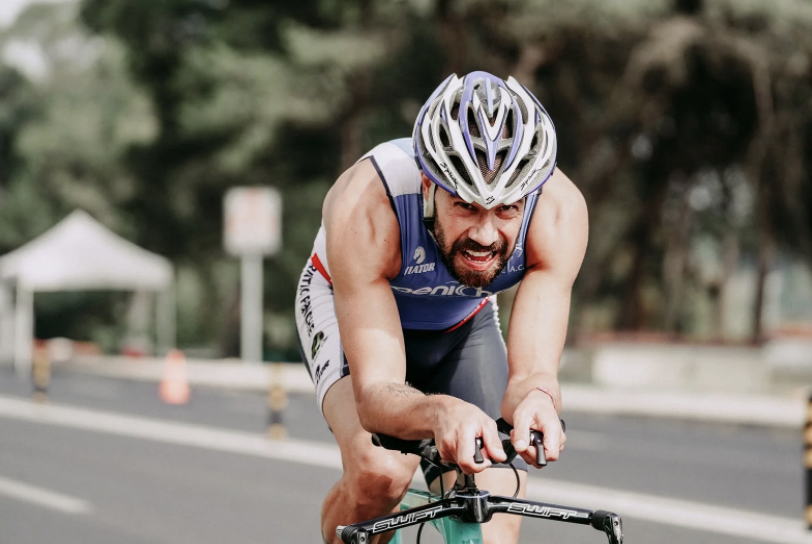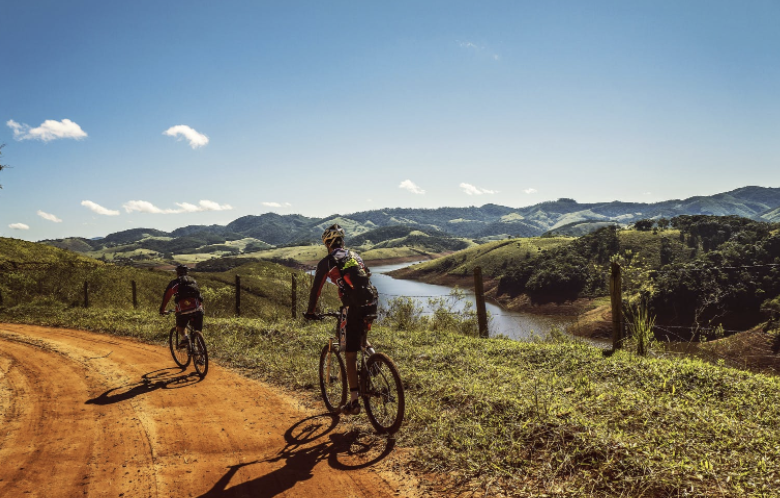BLOG: How to avoid 'bonking' while cycling
By Tom Heeley (Optimum MD)
‘Bonking’ is a wonderfully-named cycling term where you ‘hit the wall’, energy drains from your legs and no matter how hard you try, your power reserves seem emptied.
Even dropping to a really low gear doesn’t often help.
In short, you have “run out of fuel”. Like a car, your body needs to be regularly filled up. Where a car can run for 500 miles or more on one tank of petrol, your body requires refuelling more regularly than that.
So, what can you do to avoid the ‘bonk’?
Well, I have been analysing the latest medical research to find out what is the most effective way to fuel yourself for long endurance rides, runs and events. Endurance events are classed as those longer than 30 minutes in duration and that is what I will be focusing on in this blog.
So, if they are the sort of events that float your boat and you would like some tips on how to improve your performance in them, read on.
Muscles
Muscle glycogen and blood glucose are the most important substrates for the contracting muscle. Fatigue and ‘bonking’ is often associated with muscle glycogen depletion and reduced concentration of blood glucose. Carb-loading can help avoid this because it increases the levels of muscle and liver glycogen pre-exercise, however, this alone does not suffice for getting you through those long endurance events.
In addition to glycogen depletion, dehydration can also impair endurance performance. Dehydration can occur as the body looks to regulate its core temperature by sweating during exercise, though this may not be so much of an issue in colder climates.
To prevent major dehydration and its effect on performance we look to limit body mass reduction to between 2-3%. This can be measured at the end of the event or at pit stops during the event as we attempt replacing any weight loss with fluids.
Pre-competition
Although increasing your carbohydrate intake in the days leading up to the event can have a positive effect on performance, eating carbohydrates 30-60 minutes before exercise can have a negative effect on performance so be careful.
Glucose ingestion 60 minutes before the event can result in hyperglycaemia and hyperinsulinaemia, this can lead to a rapid decline in blood glucose 15-30 minutes after the onset of exercise. It can also reduce the use of fat oxidation and breakdown during the event, resulting in the body utilising its blood glucose as well as muscle and liver glycogen stores even more quickly.
Therefore, try and avoid carbohydrates completely in the 60 minutes before racing.
Carbohydrate ingestion during exercise
However, carbohydrate intake is key to replace the depleted blood glucose and muscle glycogen stores to continue performing at a high level. In events lasting less than 75 minutes, it is thought a carbohydrate mouth rinse is sufficient to continue performing to a high level.
In events up to two hours long, just 30g of carbohydrate per hour are required to sustain performance. This is the equivalent of a medium banana.
Events lasting 2 hours plus require 60g carbohydrates per hour or the equivalent of 2 bananas an hour.
And for events lasting more than 2.5 hours, it is important to look towards 90g carbohydrates per hour.
A combination of different carbohydrate intakes is key throughout the event to enable you to mix up glucose, fructose and sucrose. Try, for example, a banana and Kendal mint cake or explore other options through your own research.
READ MORE: How to be as fit and strong as winter Olympians
WATCH: What is Optimum Derby…?


